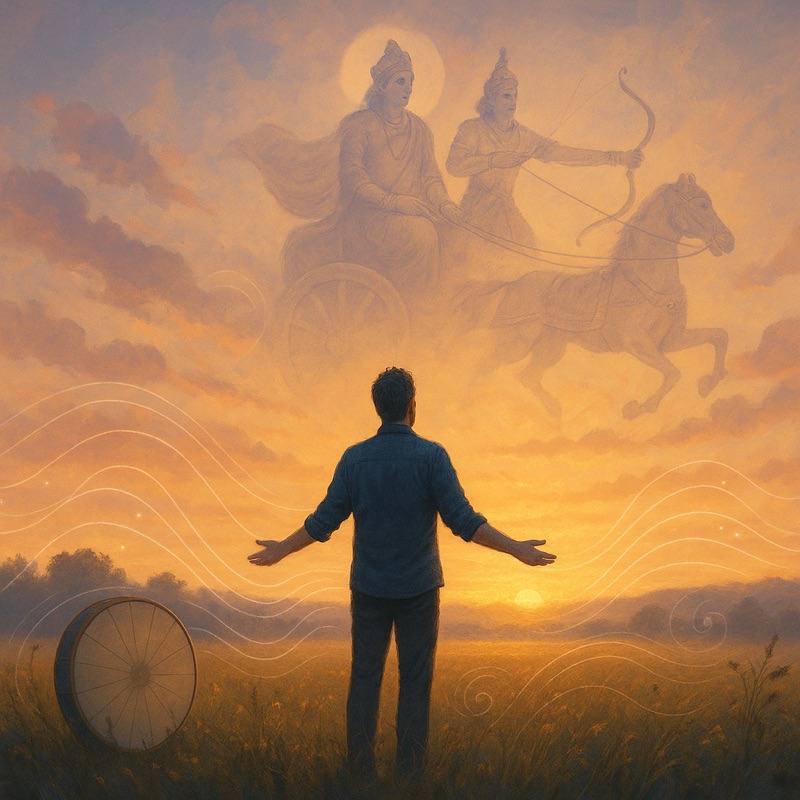When you think of frozen meals, you might picture ultra-processed, sodium-loaded, preservative-packed boxes from the grocery freezer. But Amy’s Kitchen has built a reputation as the healthier choice — with organic, vegetarian, and often vegan or gluten-free options.
Still, not all Amy’s products are created equal when it comes to nutrition. So I dug in to figure out: Which Amy’s meals are actually the healthiest? Here’s what I found.
✅ What Makes Amy’s Different?
Compared to many mainstream brands like Stouffer’s or Lean Cuisine, Amy’s stands out for:
- Organic & non-GMO ingredients
- Vegetarian (often vegan) recipes
- No artificial preservatives or flavors
- Transparent, recognizable ingredient lists
But! Just because something is organic doesn’t automatically mean it’s low in calories, fat, or sodium. So let’s break it down.
🥇 Top Amy’s Products for Low Sodium
If you’re watching your salt intake, these are the top 5 low-sodium Amy’s picks:
1️⃣ Light in Sodium Lentil Soup (~340 mg sodium)
2️⃣ Light in Sodium Split Pea Soup (~340 mg sodium)
3️⃣ Light in Sodium Black Bean Vegetable Soup (~340 mg sodium)
4️⃣ Light in Sodium Minestrone Soup (~340 mg sodium)
5️⃣ Indian Golden Lentil Dal with Rice (~540 mg sodium)
💡 Pro tip: Look for the “Light in Sodium” label — soups especially tend to be your best bet for keeping salt low.
🥇 Top Amy’s Frozen Meals with Best Overall Nutrition
Want meals that offer a great balance of protein, fiber, moderate calories, and whole ingredients? Here’s the top 5 list:
1️⃣ Light & Lean Quinoa & Black Beans with Butternut Squash & Chard
(~240 cal, 8g protein, 7g fiber)
2️⃣ Indian Golden Lentil Dal with Rice
(~280 cal, 10g protein, 8g fiber)
3️⃣ Light in Sodium Mexican Casserole Bowl
(~370 cal, 13g protein, 6g fiber)
4️⃣ Tofu Scramble Breakfast Wrap
(~340 cal, 22g protein, 4g fiber)
5️⃣ Chili Mac Bowl
(~410 cal, 15g protein, 3g fiber)
💡 Pro tip: Meals based on lentils, beans, and tofu generally pack the best nutritional punch.
⚠️ Watch Out For…
While Amy’s is better than most when it comes to clean ingredients, here are a few things to keep an eye on:
- Sodium: Even organic meals can carry 600–900 mg per serving.
- Saturated fat: Cheese-heavy dishes (like enchiladas or mac & cheese) can be surprisingly rich.
- Portion size: Some meals are small (300–400 cal) and might leave you hungry.
Final Thoughts
Amy’s Kitchen really does offer some of the healthiest frozen meals on the market — especially if you focus on their “Light & Lean” or “Light in Sodium” lines, or their lentil- and bean-based dishes.
Whether you’re vegetarian, vegan, or just looking to clean up your freezer meals, Amy’s gives you plenty of solid options. But as with any packaged food, read those labels to make sure you’re getting what you want nutritionally.
💬 What’s Your Favorite?
If you have an Amy’s favorite you swear by, drop it in the comments! Let’s build a community of smart, healthy eaters. 🌱🍽️
🥗 Eating Well with Amy’s Kitchen: A Guide to Healthier Frozen Meals
When you think of frozen meals, you might picture ultra-processed, sodium-loaded, preservative-packed boxes from the grocery freezer. But Amy’s Kitchen has built a reputation as the healthier choice — with organic, vegetarian, and often vegan or gluten-free options.
Still, not all Amy’s products are created equal when it comes to nutrition. So I dug in to figure out: Which Amy’s meals are actually the healthiest? Here’s what I found.
✅ What Makes Amy’s Different?
Compared to many mainstream brands like Stouffer’s or Lean Cuisine, Amy’s stands out for:
- Organic & non-GMO ingredients
- Vegetarian (often vegan) recipes
- No artificial preservatives or flavors
- Transparent, recognizable ingredient lists
But! Just because something is organic doesn’t automatically mean it’s low in calories, fat, or sodium. So let’s break it down.
🥇 Top Amy’s Products for Low Sodium
If you’re watching your salt intake, these are the top 5 low-sodium Amy’s picks:
1️⃣ Light in Sodium Lentil Soup (~340 mg sodium)
2️⃣ Light in Sodium Split Pea Soup (~340 mg sodium)
3️⃣ Light in Sodium Black Bean Vegetable Soup (~340 mg sodium)
4️⃣ Light in Sodium Minestrone Soup (~340 mg sodium)
5️⃣ Indian Golden Lentil Dal with Rice (~540 mg sodium)
💡 Pro tip: Look for the “Light in Sodium” label — soups especially tend to be your best bet for keeping salt low.
🥇 Top Amy’s Frozen Meals with Best Overall Nutrition
Want meals that offer a great balance of protein, fiber, moderate calories, and whole ingredients? Here’s the top 5 list:
1️⃣ Light & Lean Quinoa & Black Beans with Butternut Squash & Chard
(~240 cal, 8g protein, 7g fiber)
2️⃣ Indian Golden Lentil Dal with Rice
(~280 cal, 10g protein, 8g fiber)
3️⃣ Light in Sodium Mexican Casserole Bowl
(~370 cal, 13g protein, 6g fiber)
4️⃣ Tofu Scramble Breakfast Wrap
(~340 cal, 22g protein, 4g fiber)
5️⃣ Chili Mac Bowl
(~410 cal, 15g protein, 3g fiber)
💡 Pro tip: Meals based on lentils, beans, and tofu generally pack the best nutritional punch.
⚠️ Watch Out For…
While Amy’s is better than most when it comes to clean ingredients, here are a few things to keep an eye on:
- Sodium: Even organic meals can carry 600–900 mg per serving.
- Saturated fat: Cheese-heavy dishes (like enchiladas or mac & cheese) can be surprisingly rich.
- Portion size: Some meals are small (300–400 cal) and might leave you hungry.
Final Thoughts
Amy’s Kitchen really does offer some of the healthiest frozen meals on the market — especially if you focus on their “Light & Lean” or “Light in Sodium” lines, or their lentil- and bean-based dishes.
Whether you’re vegetarian, vegan, or just looking to clean up your freezer meals, Amy’s gives you plenty of solid options. But as with any packaged food, read those labels to make sure you’re getting what you want nutritionally.
💬 What’s Your Favorite?
If you have an Amy’s favorite you swear by, drop it in the comments! Let’s build a community of smart, healthy eaters. 🌱🍽️
 I’m a Published Author!
I’m a Published Author!